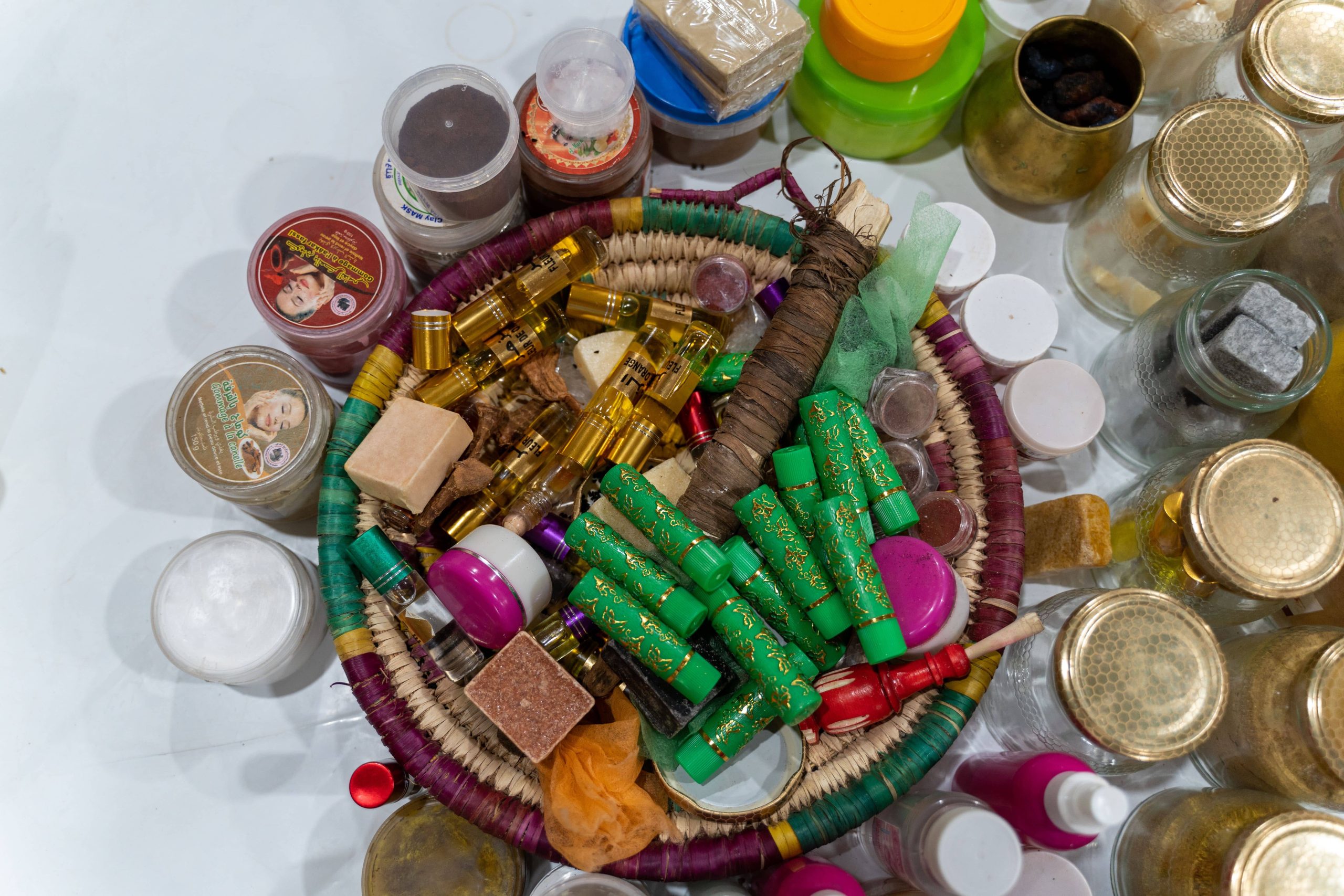
In recent years, the beauty industry has witnessed profound transformations driven by various global health crises. As a beauty blogger dedicated to chronicling the evolution of beauty trends, it’s important to delve into how these health events have reshaped our beauty practices. From skincare regimens to makeup choices, let’s explore how health crises have influenced the beauty landscape, making us rethink our approach to beauty.
Health Crises as Catalysts for Change
Health crises have a unique way of unveiling vulnerabilities, reshaping societal norms, and prompting individuals to reassess their priorities. The beauty industry, with its deep connection to personal well-being and self-expression, is no exception. Out of necessity, innovation, or introspection, these crises often spark shifts that redefine beauty standards and routines. For instance, the COVID-19 pandemic, arguably the most influential health crisis of the 21st century, brought about noticeable changes in the beauty industry that continue to impact our daily lives.
Increased Emphasis on Skincare
One of the most significant shifts during health crises is the heightened focus on skincare. With people spending more time at home and less on makeup, there has been a renewed appreciation for skincare routines. Consumers began prioritizing products that promised not just aesthetic improvements but also genuine skin health benefits. This shift was a direct result of a greater understanding of the link between overall health and skin condition.
Moreover, the stress and anxiety associated with health crises often manifest physically, leading to concerns like acne, redness, and irritation. This change encouraged individuals to seek out calming and nourishing skincare products, driving the demand for soothing ingredients like chamomile, aloe vera, and hyaluronic acid. Additionally, health crises have accelerated interest in products that strengthen the skin barrier, reflecting consumers’ desire for resilience in uncertain times.
The Rise of DIY Beauty
With lockdowns and social distancing measures in place, access to professional beauty services became limited, prompting the rise of DIY beauty treatments. People started experimenting with at-home facials, hair treatments, and nail art, leading to a surge in popularity for DIY beauty kits and tutorials. The empowerment of taking beauty into one’s own hands has not only democratized beauty but has also fostered a deeper connection between consumers and their personal beauty practices.
This trend is likely to persist, as DIY beauty encourages creativity and personal expression. Through this, individuals have developed a more intimate understanding of their own beauty needs and preferences, a lesson learned from necessity that continues to shape post-crisis beauty routines.
Enhanced Focus on Hygiene
Health crises inevitably elevate our consciousness about hygiene, and this has had a profound impact on beauty practices. Increased handwashing and the frequent use of sanitizers have underscored the importance of cleanliness in beauty routines. Makeup brushes, tools, and products are now subject to more rigorous cleaning practices, paving the way for innovations like antimicrobial-infused beauty tools and packaging designed to reduce contamination risks.
Furthermore, beauty brands have increased their focus on safe and hygienic packaging to assure consumers about the safety of their products. This shift has not only heightened awareness around product expiration dates and contamination but has also prompted brands to launch more travel-friendly, germ-resistant designs.
Wellness and Holistic Beauty
Health crises have also amplified the connection between beauty, wellness, and mental health. Stress and social isolation have made individuals more aware of the impact of mental well-being on physical appearance. As a result, there has been a burgeoning demand for beauty products that offer holistic benefits, such as aromatherapy-infused skincare or makeup with calming properties.
The beauty industry has responded by emphasizing wellness-oriented products and experiences. From meditation-focused beauty apps to scented candles that promote relaxation, consumers are now seeking beauty solutions that not only enhance appearance but also contribute to emotional balance and well-being. This merging of beauty and wellness is likely to continue, with brands integrating mindful practices into their offerings to cater to a more health-conscious audience.
The Shift to Minimalism
In the wake of health crises, many people have embraced minimalism, seeking simplicity and practicality in their beauty routines. Faced with economic uncertainties and limited social engagements, consumers are becoming more discerning with their purchases, favoring products that deliver maximum impact with minimal effort.
This shift has given rise to a “skinimalism” trend, where emphasis is placed on achieving healthy, radiant skin rather than covering imperfections with layers of makeup. Multifunctional products that streamline routines, such as tinted moisturizers and dual-purpose skincare-makeup hybrids, have gained popularity, reflecting this back-to-basics approach.
Sustainability and Ethical Considerations
As societies collectively face the pressing challenges of global health crises, there’s an increased awareness of the importance of sustainability and ethical practices in the beauty industry. Consumers are not only prioritizing their own health but also considering the well-being of the planet and communities. This has accelerated the demand for sustainably sourced ingredients, eco-friendly packaging, and brands with transparent ethical practices.
With health crises highlighting the interconnectedness of our world, the beauty industry is being held accountable for its environmental impact. Brands are responding by adopting more sustainable practices and pledging commitments to climate action, which resonates with consumers seeking to make responsible choices even in their beauty routines.
Conclusion
Health crises have undeniably transformed beauty practices, prompting individuals and brands alike to adapt to new realities. These challenges have emphasized the importance of self-care, hygiene, mental well-being, and sustainability. As beauty bloggers and enthusiasts, embracing these changes not only broadens our understanding of beauty but also offers opportunities for innovation and creativity in how we express ourselves.
In navigating these evolving beauty landscapes, one thing is certain: the impact of health crises serves as a potent reminder of the resilience and adaptability of the beauty industry, and ultimately, its consumers. From skincare innovations to minimalist routines, the beauty trends shaped by health crises will undoubtedly leave a lasting imprint on the future of beauty practices.



